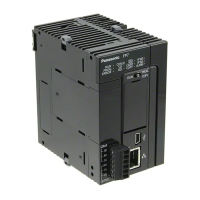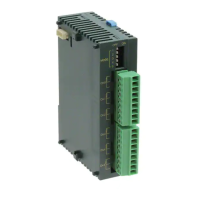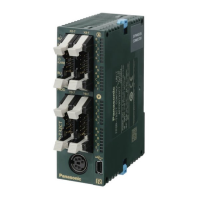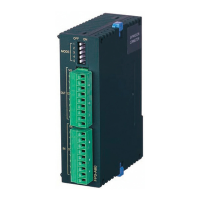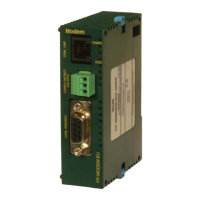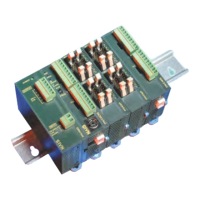■
Operation when the execution condition of the EFCALL instruction is OFF
● When the execution condition turns OFF, the operation of the current subroutine stops. (It is
also true for calls from the master control or step ladder.) In this case, the operation of each
instruction used in the subroutine is as follows.
Type of instruction EFCALL
OT All OFF. Different operation from the ECALL instruction.
KP
Holds the state.SET
RST
TM Reset. Different operation from the ECALL instruction.
CT
Holds the current progress.
SR
Differential instruction
Operates in the same way as differential instructions used between MC and MCE.
Refer to "Operation of differential instructions between MC and MCE".
Other instructions Not executed.
(Note 1) The following items are included in differential instructions.
1) DF (leading edge differential) instruction
2) Count input for CT (counter) instruction
3) Count input for UDC (up-down counter) instruction
4) Shift input for SR (shift register) instruction
5) Shift input for LRSR (left and right shift register) instruction
6) Differential execution type high-level instruction (instruction specified by p and instruction name)
■
Precautions for programming
● The "EFCALL" instruction can be written in another subroutine program or step ladder, in
addition to the main program. The "EFCALL" instruction with the same number can be
written repeatedly.
● Note that if a subroutine is executed repeatedly, it will take more time for operations to be
processed.
■
Flag operations
Name Description
SR7
SR8
(ER)
Turns ON when the 16th subroutine executes the "EFCALL" instruction while subroutines
are nested in 16 levels.
3.38 EFCALL (Forced Output OFF Type Subroutine Call (with PB No.
Specification))
3-116 WUME-FP7CPUPGR-12
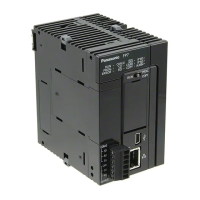
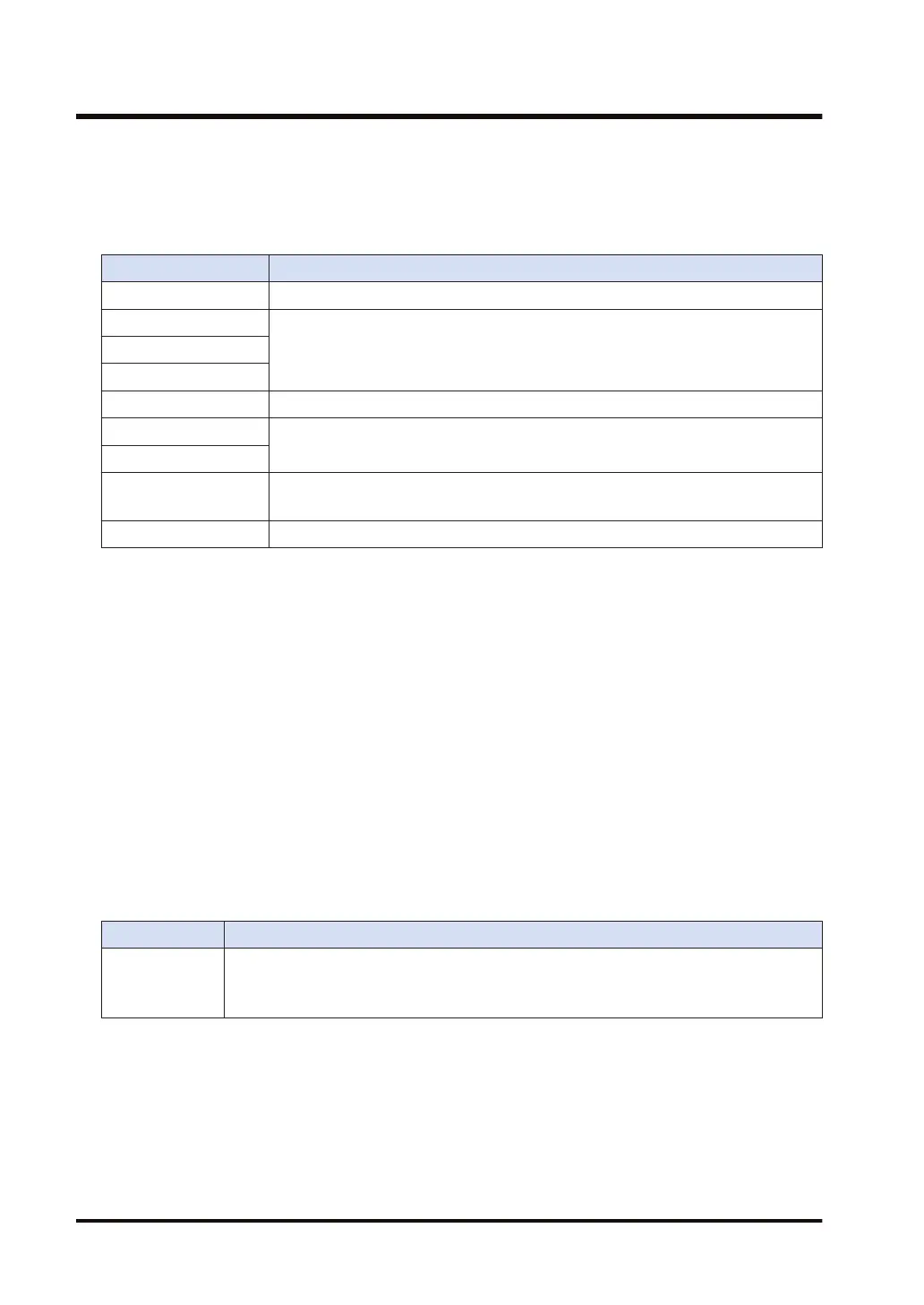